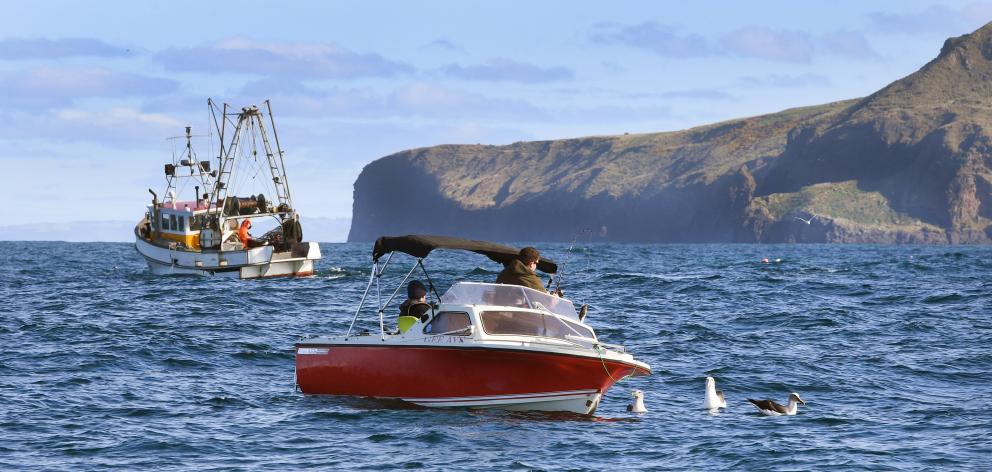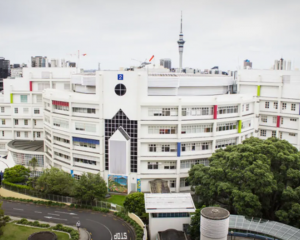
Concerns about the degrading marine environment and the sustainability of fishing in the South grew in the past decade from murmurs to a shout.
The result was environmental groups and some anglers calling for protections on marine areas.
The concerns were especially apparent for Otago, due to its status as the only region in the country with no marine protection.
Five years ago, then conservation minister Dr Nick Smith sought to fix this by announcing the appointment of a 14-member community-led forum to consider the issue.

He said Otago’s "spectacular coastline" was without protection despite being home to "some of our most endangered species, such as the yellow-eyed penguin, the northern royal albatross and the New Zealand sea lion".
The group, named the South-East Marine Protection Forum, was chaired by Dunedin environmental lawyer Maree Baker-Galloway and included representatives from the commercial and recreational fishing industries, scientists, conservationists and iwi.
They were asked to consider marine protected areas from Timaru to Waipapa Point.The initial expectation was recommendations would be delivered to government in late 2015.
As members understood the weight of the project, the timeline was extended.

The group asked for a 10-month extension, before gathering public submissions in late 2016.
The public interest was apparent when an overwhelming 2800 were received.
After a few more delays, the final recommendations were delivered to Conservation Minister Eugenie Sage and Fisheries Minister Stuart Nash in February 2018 and released to media in early March.
The finished product reflected the conflicting opinions of commercial fisheries on one side and scientists and conservationists on the other.
Ms Baker-Galloway said there were tensions between the different sectors which led to many heated, but constructive, debates.

The final result was recommendations for two different networks of marine protection, one for each side.
One network covered 1267sqkm and included six marine reserves, five type-two marine protection areas and 27 habitats.
It was supported by the tourism, science and environmental sectors.
The second covered 366sqkm, and included three marine reserves, two type-two marine protection areas and 12 habitats.
It was supported by commercial fishing and one of the recreational fishing representatives.

Scientists and environmental groups criticised both proposals, saying neither went far enough to protect native species.
University of Otago zoologist Prof Liz Slooten said scientists overwhelmingly asked for larger protected areas, buffer zones and better protection for mobile species.
The two proposals were based on social compromise rather than science, she said.
Forest & Bird similarly said the proposals did not do enough for the environment.

Conversely, forum member and Otago Rock Lobster Association executive officer Simon Gilmour said either network would cost the fishing sector millions of dollars per year.
He requested a review of the process as, in his mind, it had no recognition of existing reserves and fishing management practices, such as the quota management system.
The Department of Conservation did review the process, as is standard for such forums, but has not publicly released the findings.
The next step was Government staff assessing the findings to provide advice to ministers.
Again, some groups took issue with the delays.
In June, Otago Conservation Board member Bruce Jefferies said he felt the "frustration" of others over nothing happening with the recommendations.
The recommendations from staff were presented in October, but not released publicly.
The two ministers met to consider agency advice before Christmas — Ms Sage said it was " a productive meeting" and discussions would continue in the new year.

What Happens Now:Ministers are saying little on what happens next in the process.
The Government has been quiet on when minister decisions will be released or what they will entail.
It is also not known whether protection areas will be created together, or separately.
Whatever method is chosen, it is expected to be lengthy, again involving public submissions, and possibly facing legal challenges.














